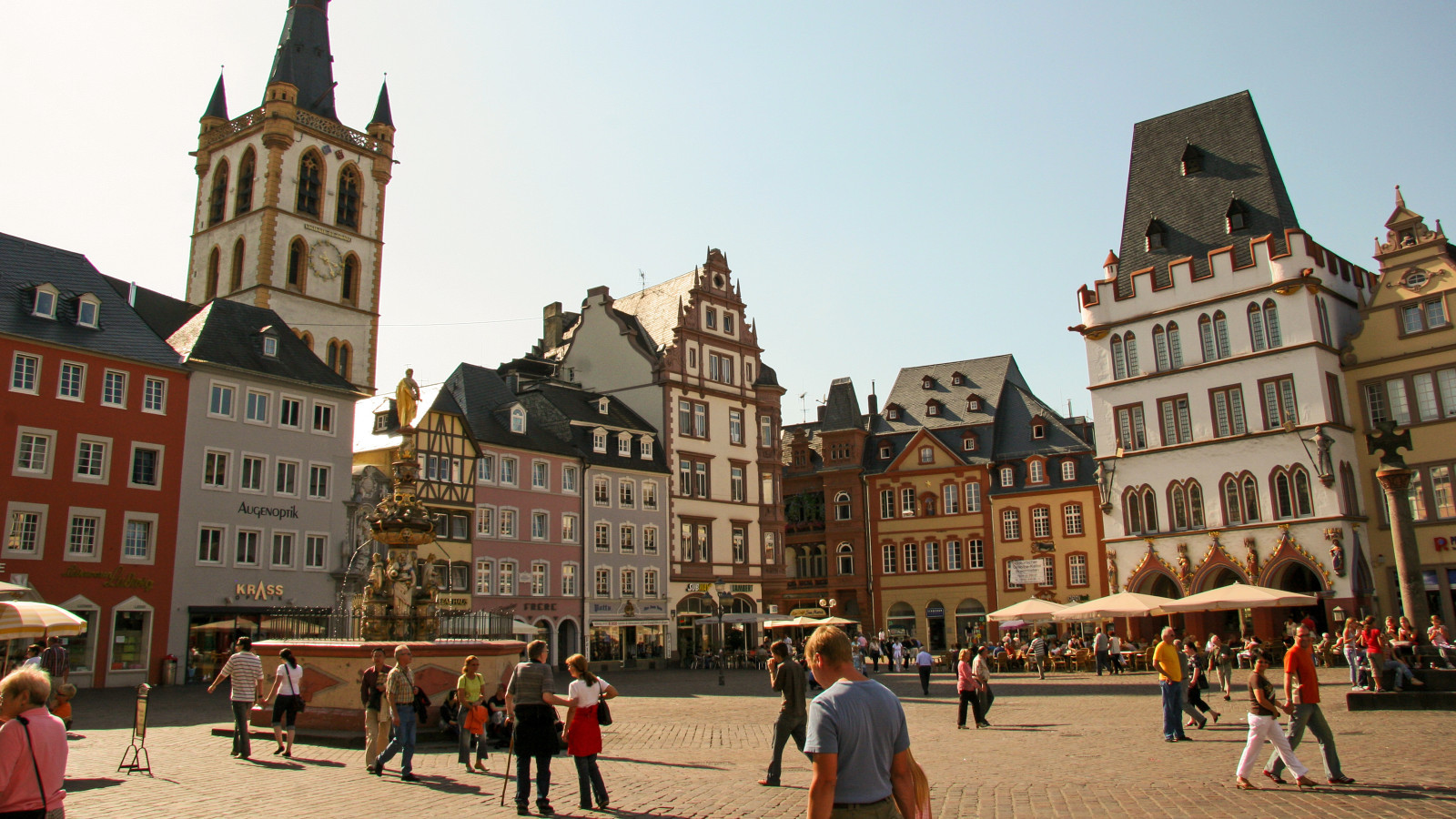
Paseo por el centro histórico de esta bella ciudad
Trier, impregnada de historia antigua como una de las ciudades más antiguas de Alemania, cautiva a los visitantes con su legado romano y su encantador ambiente. La exploración se vuelve sencilla con el indispensable recorrido de audio de CityAppTour, guiándote por calles encantadoras e impresionantes puntos de referencia. Este paseo autoguiado por la ciudad no solo te lleva a lugares icónicos como la imponente Porta Nigra, el atmosférico Hauptmarkt, la antigua catedral de Trier, la íntima Iglesia de Nuestra Señora, la majestuosa Basílica de Constantino y el histórico Palacio Electoral, sino que también revela los tesoros ocultos de la ciudad. Con historias atractivas e información histórica, el recorrido de audio proporciona una experiencia profunda, dando vida a cada rincón de Trier, tanto lo familiar como lo desconocido. La ruta de paseo personalizada con audio de CityAppTour es la manera ideal de sumergirte en la rica cultura y belleza de esta encantadora ciudad.
Highlights
Highlights
Preview
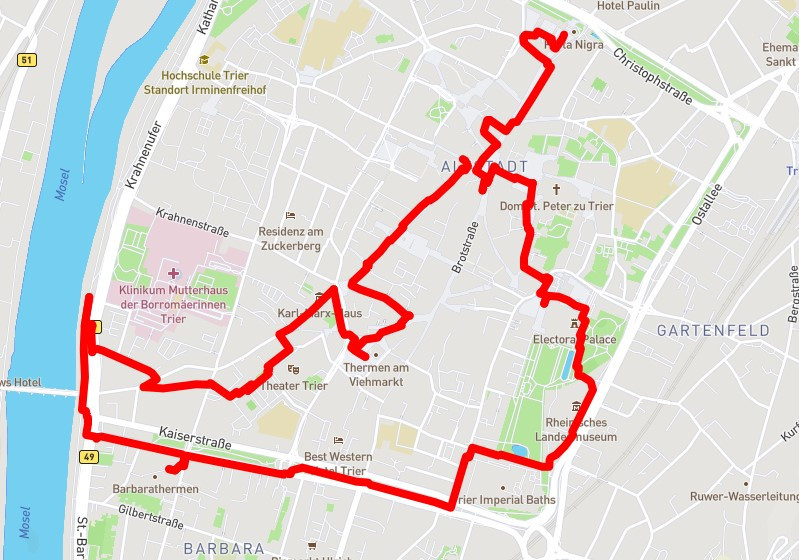
Porta Nigra
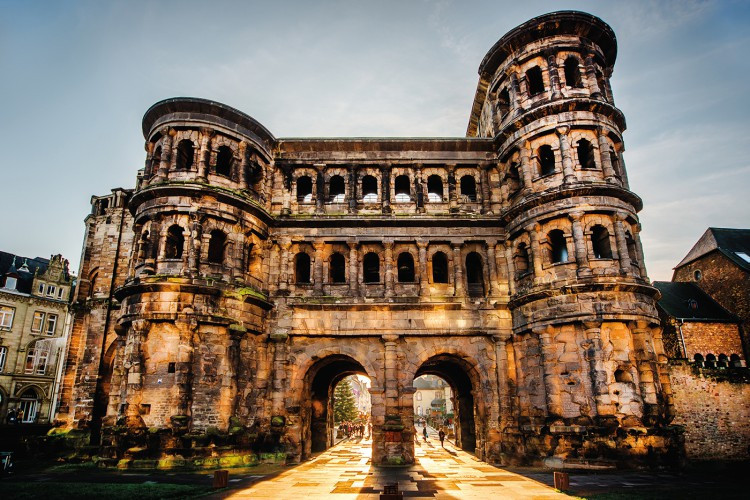
Discover Trier's Porta Nigra on this self-guided tour, the best-preserved Roman city gate north of the Alps and a UNESCO World Heritage site from the second century. This imposing black sandstone gate showcases advanced Roman construction techniques without the use of cement, relying solely on iron clamps and gravity. The monument serves as a symbol of Trier's role as Germany's oldest city and the former Roman imperial residence Augusta Treverorum.
Hauptmarkt
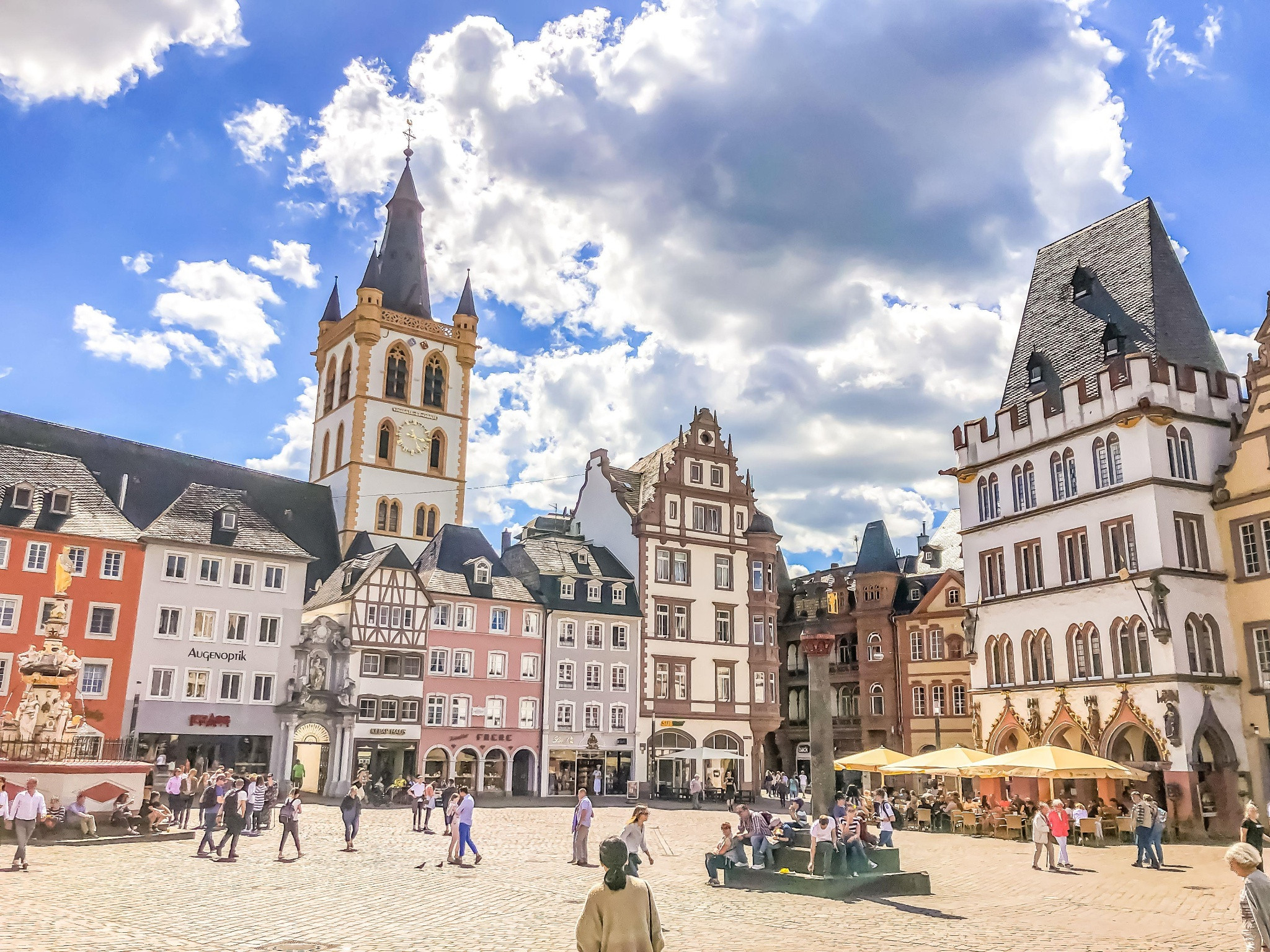
The Hauptmarkt is Trier's central market square and the vibrant heart of the city, surrounded by colorful facades from various centuries. This medieval square hosts weekly markets, the Gothic Market Cross, and the Church of Saint Gangolf. The mix of Renaissance, Baroque, and Classicist architecture around the square tells the story of Trier's development from a Roman metropolis to a modern university city. The square buzzes with local trade and social gatherings.
Cathedral of Trier
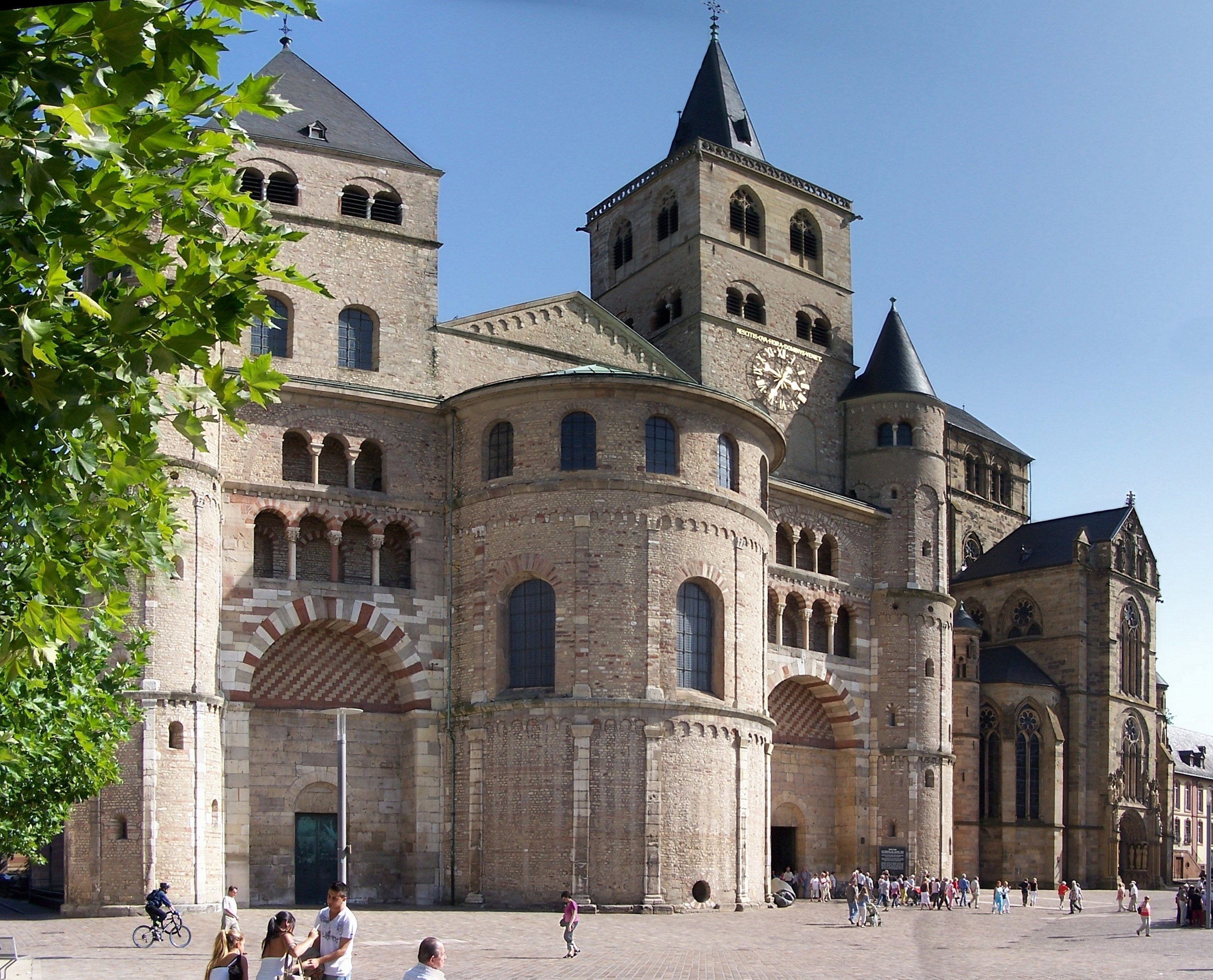
The Cathedral of Trier is Germany's oldest cathedral and an architectural historic monument combining Roman, Romanesque, and Gothic elements. This fourth-century church, built on the foundations of a Roman palace, houses the Holy Robe, an important Christian relic. The interior features centuries-old frescoes, sculptures, and the impressive crypt. The cathedral symbolizes Trier's continuity as a religious center from early Christian times.
Church of Our Lady
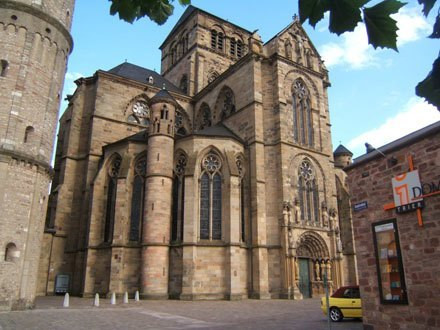
Experience Trier's Church of Our Lady with this audio guide, the oldest Gothic church in Germany and an architectural gem next to the Cathedral. This thirteenth-century church displays perfect Gothic proportions and harmonies inspired by French cathedrals. Its centrally constructed design and beautiful rose windows make it a unique example of early German Gothic architecture. The church illustrates the transition from Romanesque to Gothic architecture.
Basilica of Constantine
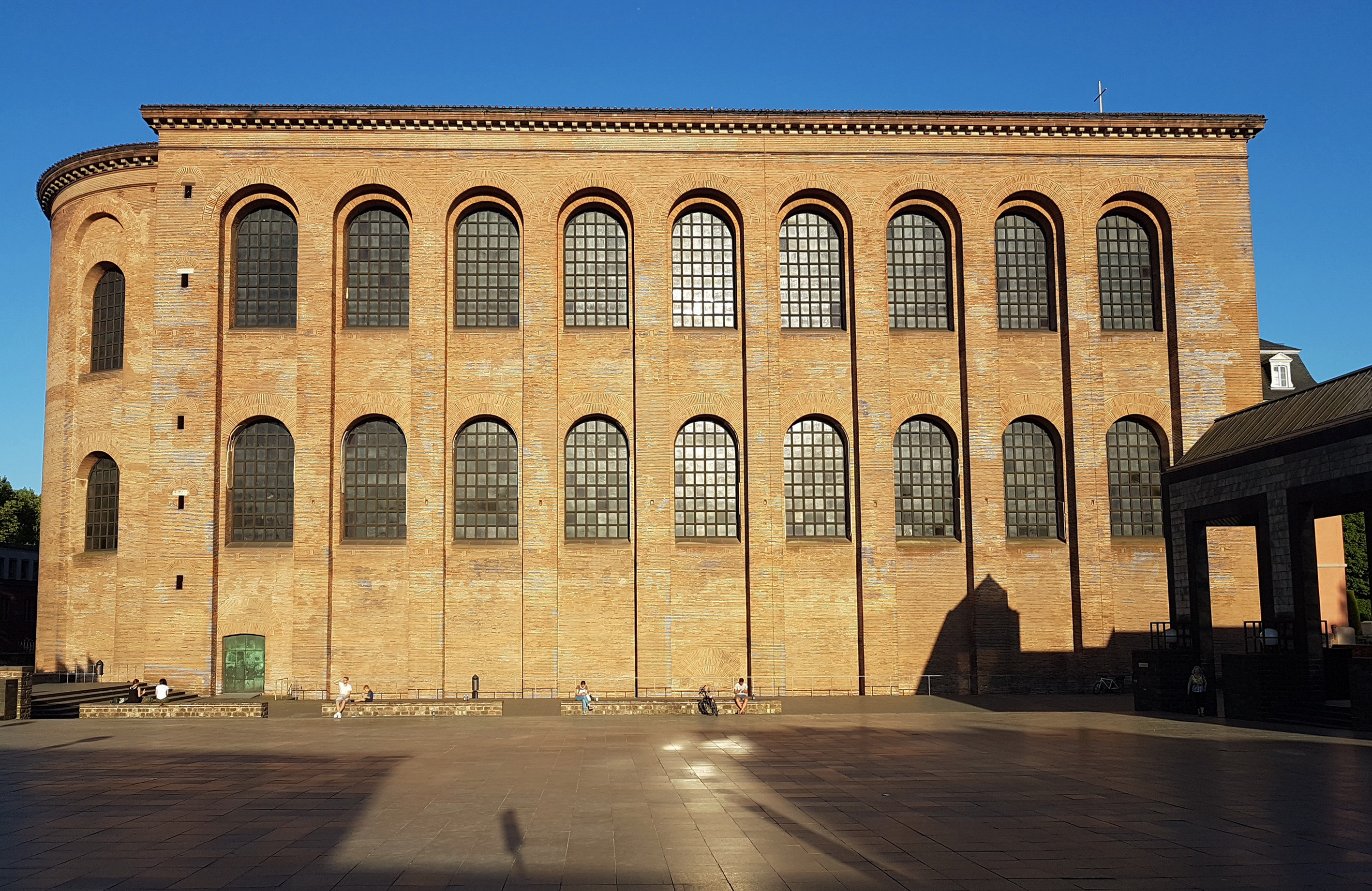
The Basilica of Constantine is the largest remaining Roman hall in the world and served as the throne room of Emperor Constantine the Great. This fourth-century basilica, with its monumental dimensions and apsidal endpoint, showcases the grandeur of the Late Roman Empire. The austere yet impressive interior is now used for Protestant services and concerts. The building symbolizes the transition from pagan to Christian power in the Roman Empire.
Electoral Palace
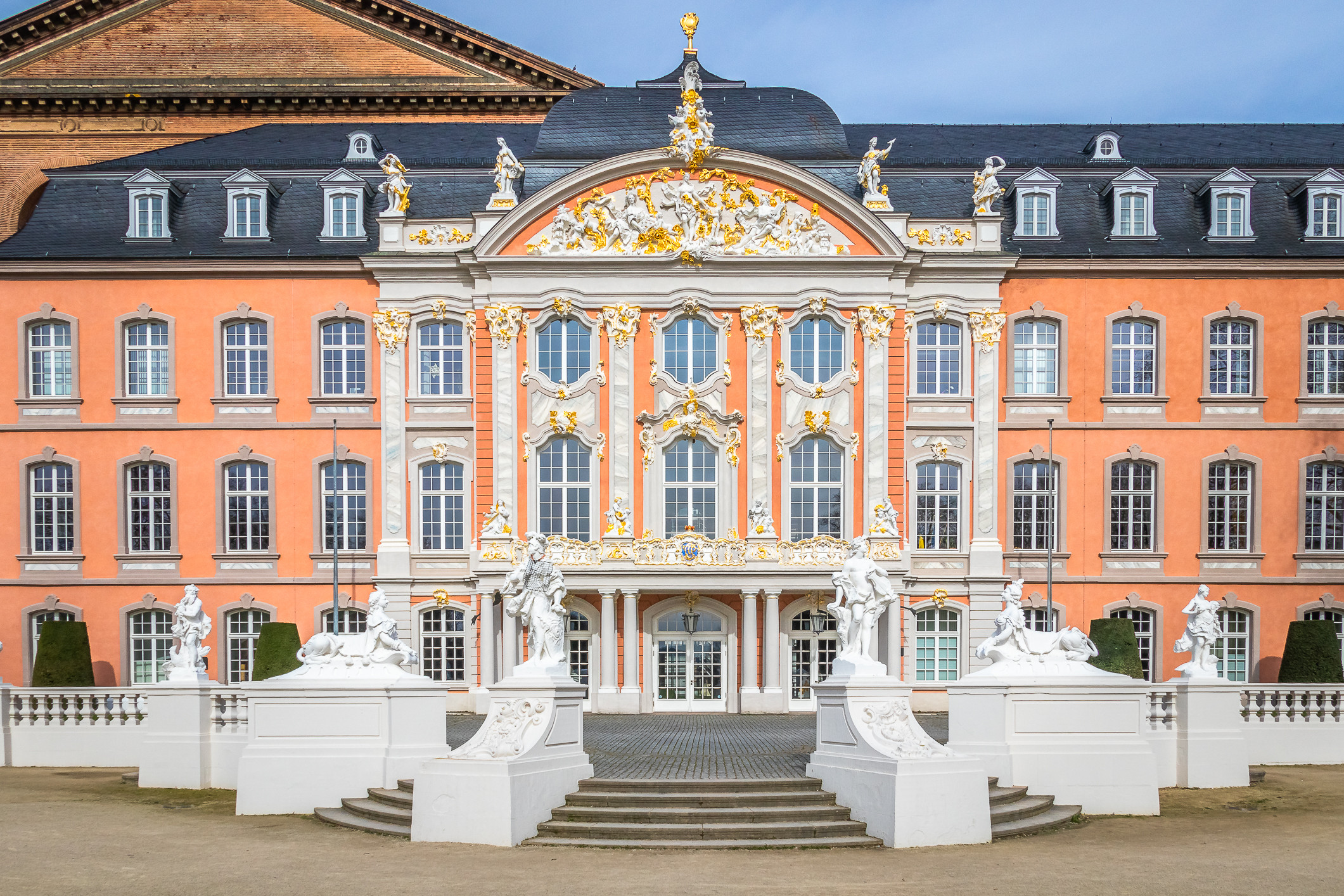
The Electoral Palace is an elegant Baroque residence from the seventeenth to eighteenth century that demonstrates the power of the archbishops-electors of Trier. This pink palace next to the basilica combines representative state rooms with beautiful gardens. The Rococo decorations and state portraits illustrate the wealth of the ecclesiastical princes. The palace shows how secular and spiritual power merged in the Holy Roman Empire.
Reviews